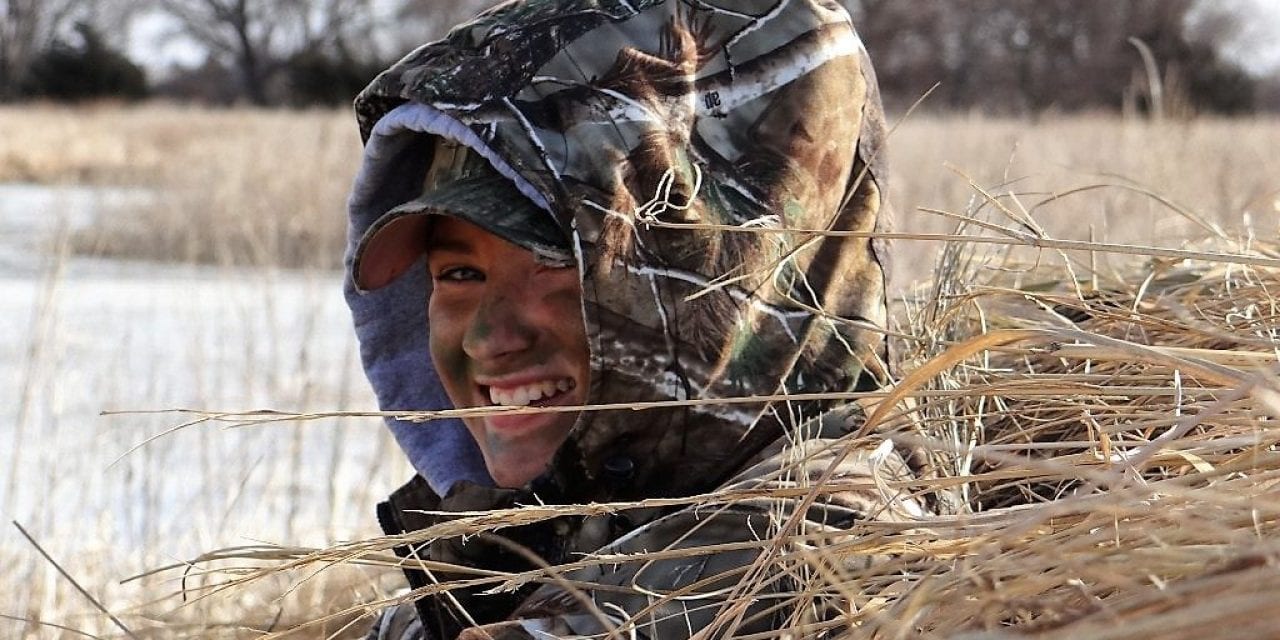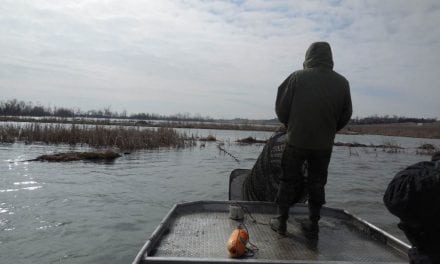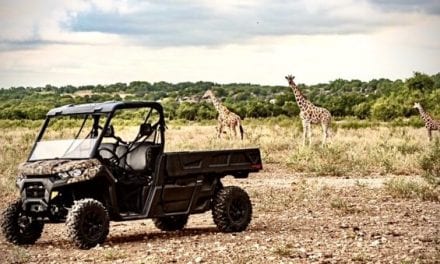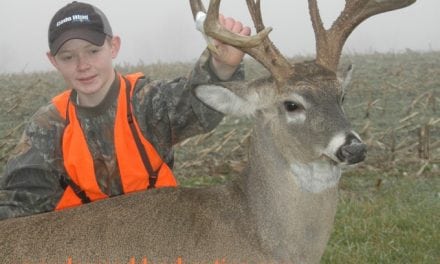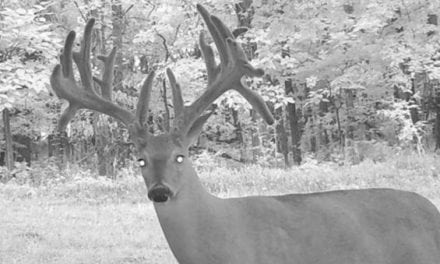The holiday season is upon us and it’s filled with many hunting traditions as family and friends get together, especially in waterfowl hunting blinds.
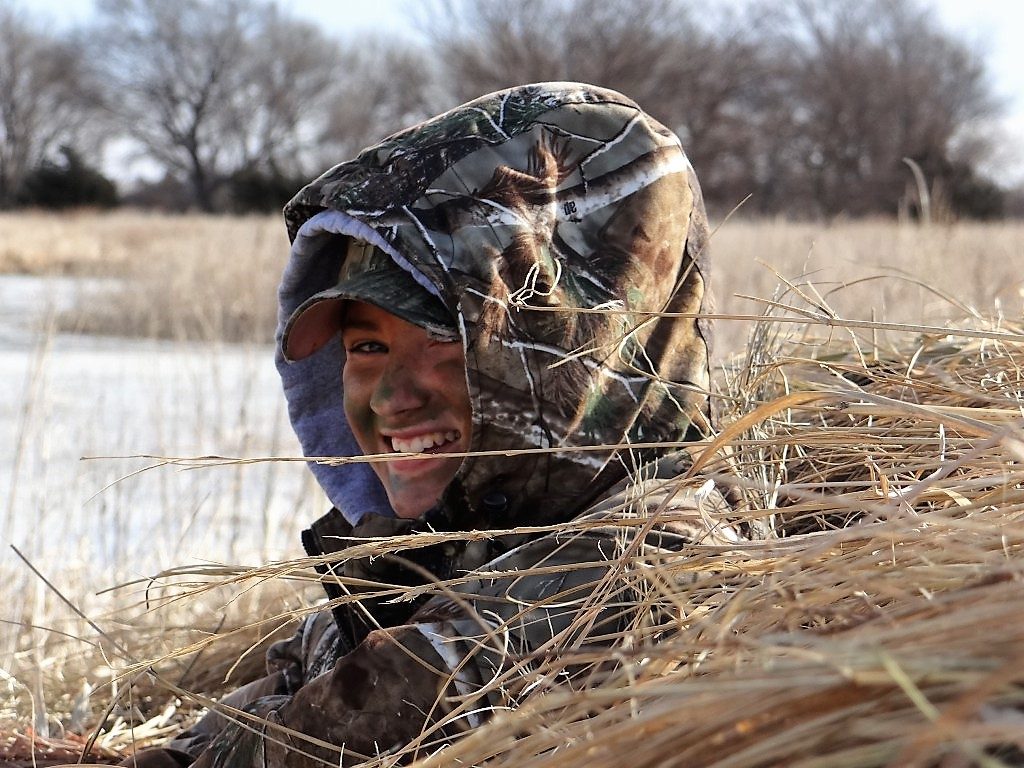
For most of us, hunting is about much more than a successful harvest. It’s about spending time afield bonding with family and friends, watching the sunrise over a river wetland on a crisp morning or watching the sunset from a harvested cornfield on a warm, windy evening, plus having exciting stories to tell when you get home!
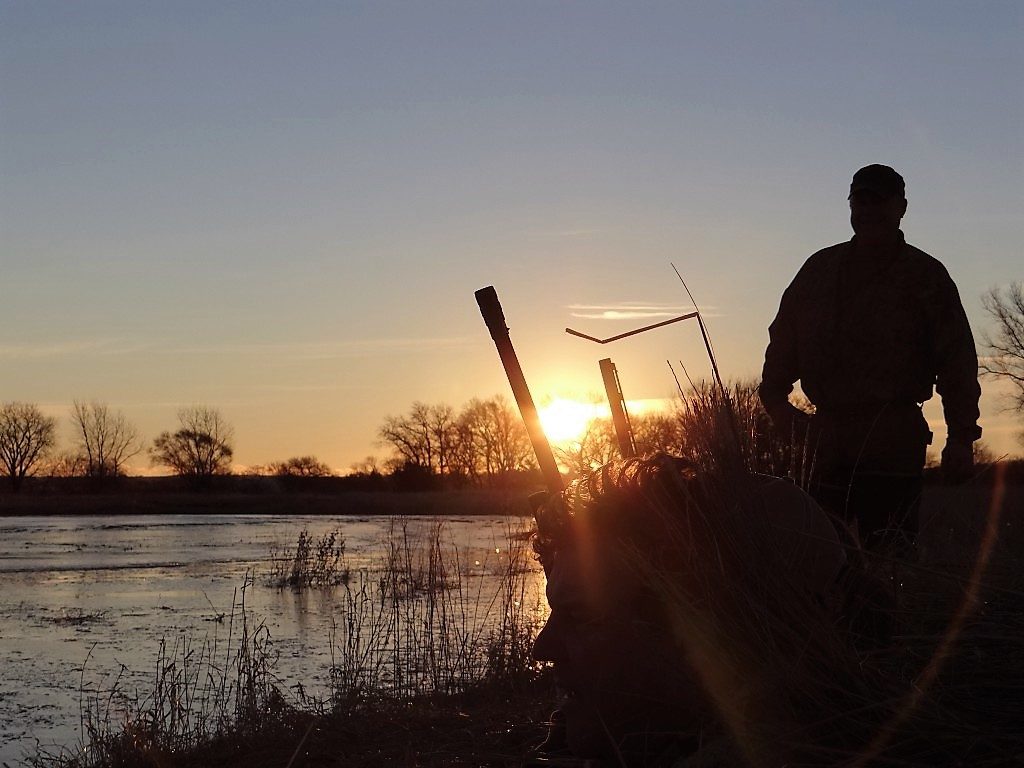
Many hunters I know, including myself, are gonna be concentrating on hunting Canada geese.
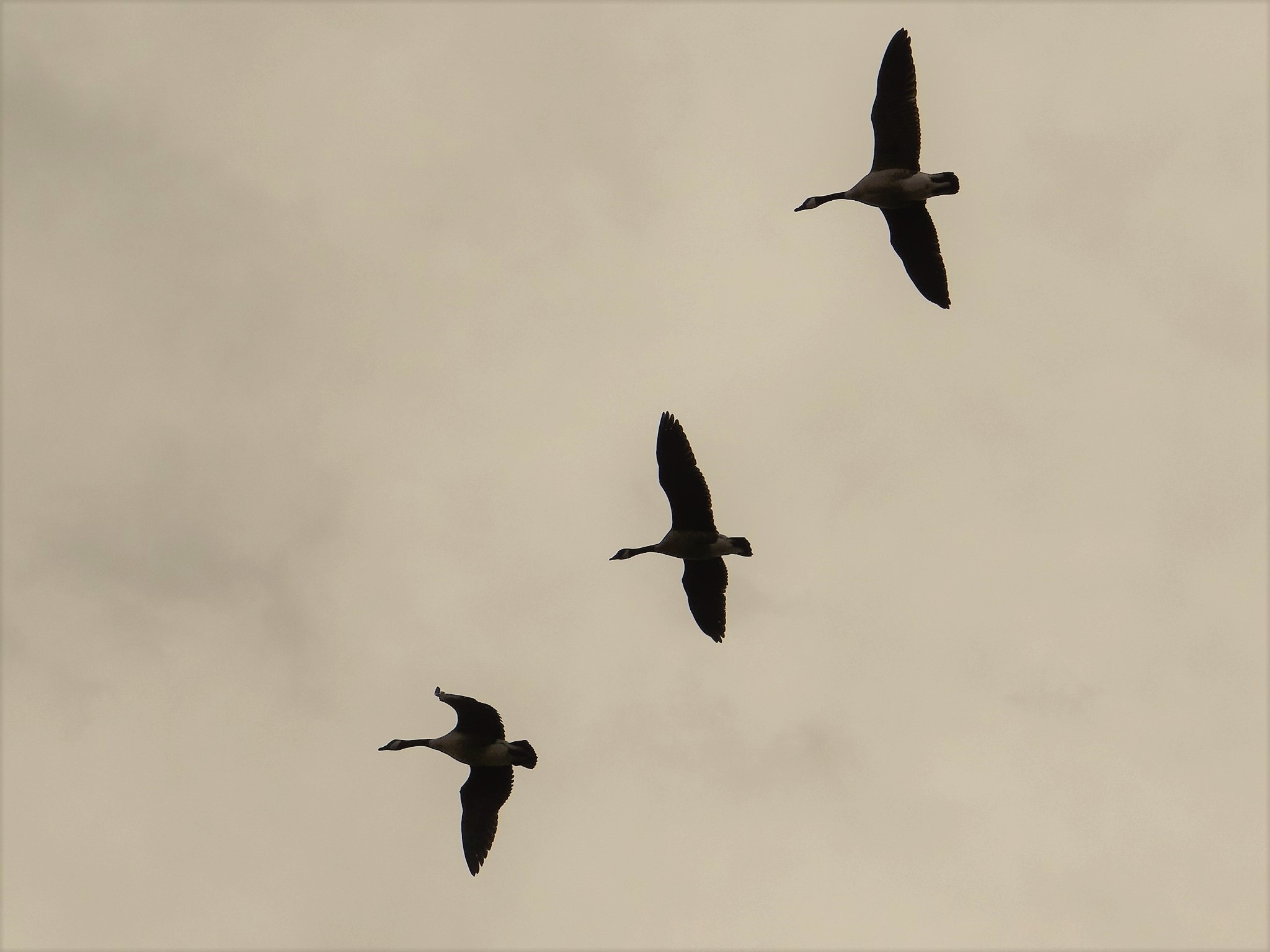
But, there is a lot that goes with waterfowl hunting. Arguably, it is the most difficult of the hunting lifestyles to enter. There are shotguns with plugs, special ammo, dogs, blinds, decoys, calls, warm camouflage clothing, waders, not to mention the many regulations to know.
Welcome to waterfowl hunting!
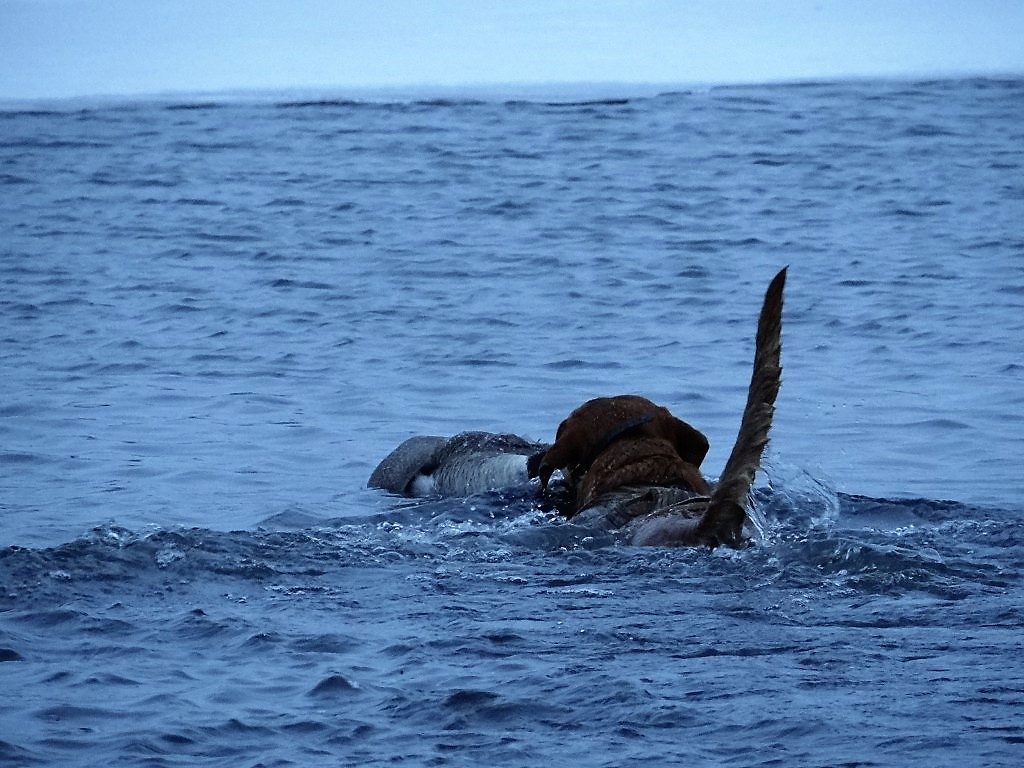
Waterfowl hunting is highly regulated for conservation purposes and can have substantial fines, penalties and liquidated damages when laws and regulations are broken. However, most waterfowl hunting regulations are not complicated and simple to understand.
Nebraska Conservation Officer, Rich Berggren of Waterloo, says the best piece of advice he can give to a waterfowl hunter is to read the regulations thoroughly. He adds that if a hunter is unsure about something to contact their nearest conservation officer or Game and Parks Commission Office.
“There is no such thing as a dumb question when it comes to waterfowl hunting,” Berggren emphasizes, “only dumb mistakes made by not asking the dumb question.”
Keep in mind that waterfowl harvest regulations are guided by sound science and careful stewardship of the wildlife resource. It is the responsibility of hunters and land managers to know and abide by all the laws and regulations governing the hunting of migratory waterfowl.
That stated, let’s cover some of our general rules and regulations for waterfowl hunting here in the Cornhusker State. These are what I call the “Don’t Forgets” for waterfowling.
Here we go.
Residents of Nebraska 16 years of age and older, and all nonresidents regardless of age, must have five things in order to be able to hunt ducks and geese here in the Cornhusker State. These must be carried on your person in the field. Make certain they are current. Do you know what they are?
- Hunting Permit (signed)
- Harvest Information Program (H.I.P.) Number
- Habitat Stamp
- State Waterfowl Stamp
- Federal Waterfowl Stamp (actual stamp signed)
Start the process to acquire these items here
Mobile permit options are available as well.
Please know that those hunters 12 through 29 years of age are required to have a hunter education course completion card or get an Apprentice Hunter Education Exemption Certificate for $5.00.
Among other things that come into play regulation-wise regarding waterfowl hunting is the sole use and possession of nontoxic shot only.

Additionally, the shotgun plug requirement, exactness of opening and closing times each day for legal shooting hours, the 100-yard rule near houses and feedlots, permission to trail wounded waterfowl onto other property, electronic call prohibitions, daily bag and possession limits, game custody and shipping tag stipulations, as well as the transport ID law as it applies to waterfowl (the head plumage or one fully-feathered wing attached to the body) – all need to be noted.
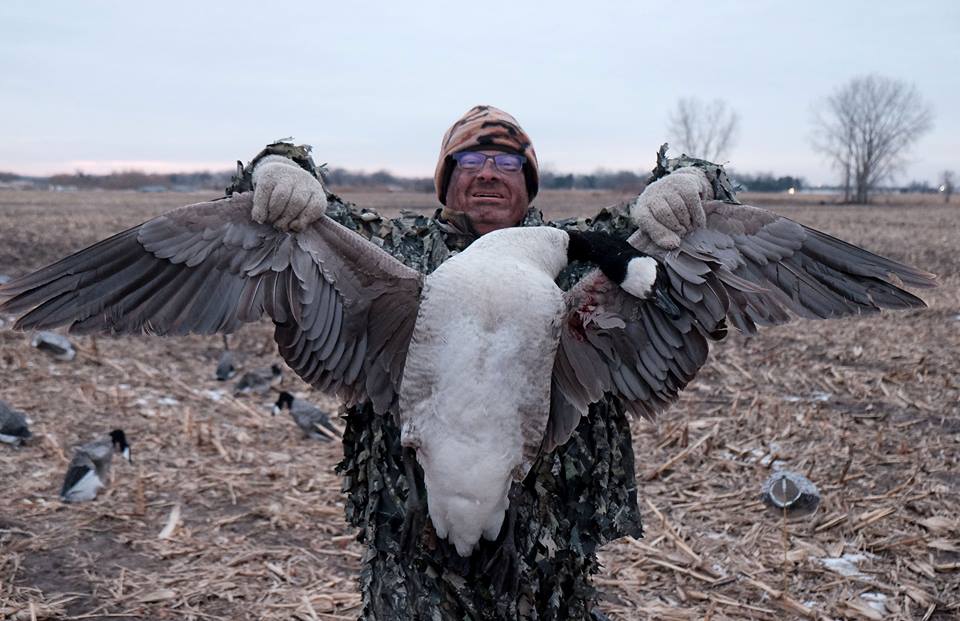
Baiting and boating restrictions almost always draw a flurry of inquiries from waterfowlers so let’s offer some clarifications.
Hunters and land managers need to be reminded that there is no baiting for waterfowl species. According to the U.S. Fish and Wildlife Service, you cannot hunt waterfowl by the aid of baiting or on or over any baited area where you know or reasonably should know that the area is or has been baited. The service defines baiting is the direct or indirect placing, exposing, depositing, distributing, or scattering of salt, grain, or other feed that could lure or attract waterfowl to, on, or over any areas where hunters are attempting to take them. You cannot legally hunt waterfowl over manipulated agricultural crops except after the field has been subject to a normal harvest and removal of grain (i.e., post-harvest manipulation). Waterfowl can be hunted on or over or from standing crops or flooded standing crops, including aquatic plants.
Those hunting from boat blinds should remember that it is unlawful to harvest migratory game birds like ducks and geese from a motorboat unless the motor is shut off and the boat stopped. Furthermore, it is unlawful to attempt to take or take migratory game birds by driving or chasing them with any motorized conveyance to put them in the range of other hunters.
Get more details about hunting ducks and geese in Nebraska, including season dates and units/zones for various species, by looking over the current Nebraska waterfowl hunting guide.
By the way, unless it known or has been designated in advance, it is always a good idea to designate a captain of the blind who reinforces safety and regulation information to the other hunters in it. The blind captain, typically the owner of the blind and a longtime duck and goose hunter, is the primary individual who is able to accurately identify various waterfowl species in flight, both target and non-target, and call for hunters to take shots. Trumpeter swans, for example, are protected by federal and state laws and may not be injured, killed or possessed.
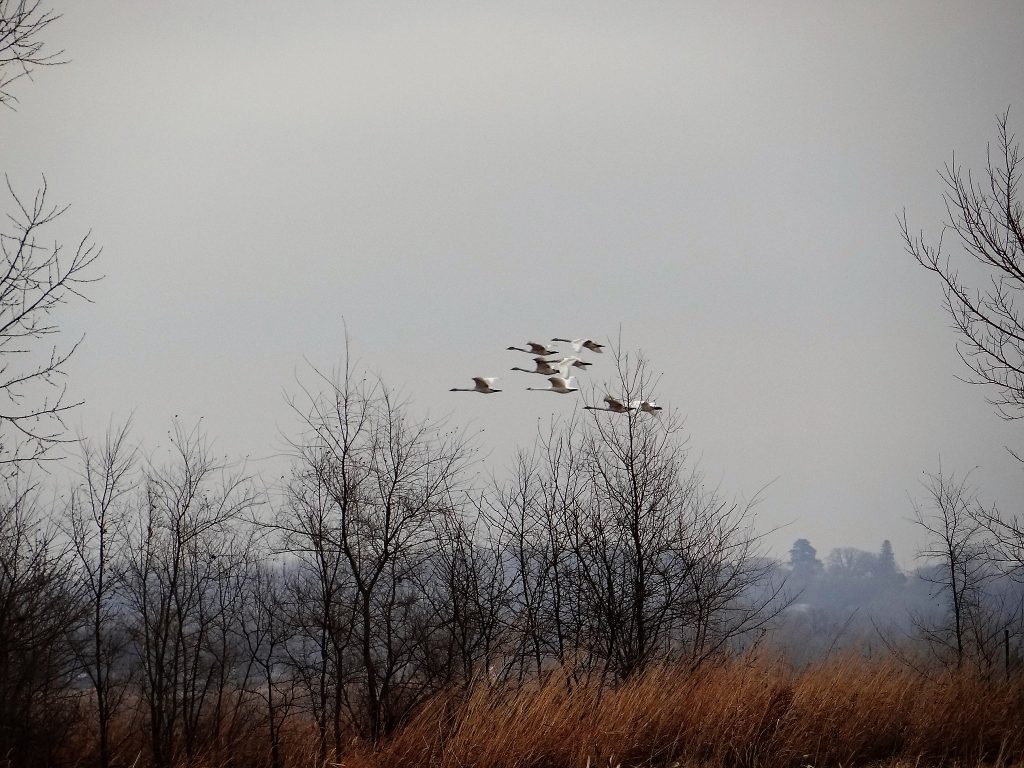
To see trumpeter swans flying over an eastern Nebraska Canada goose hunting spread, click here: swanvideo
I wish you the most wonderful waterfowl hunting adventures and memories!
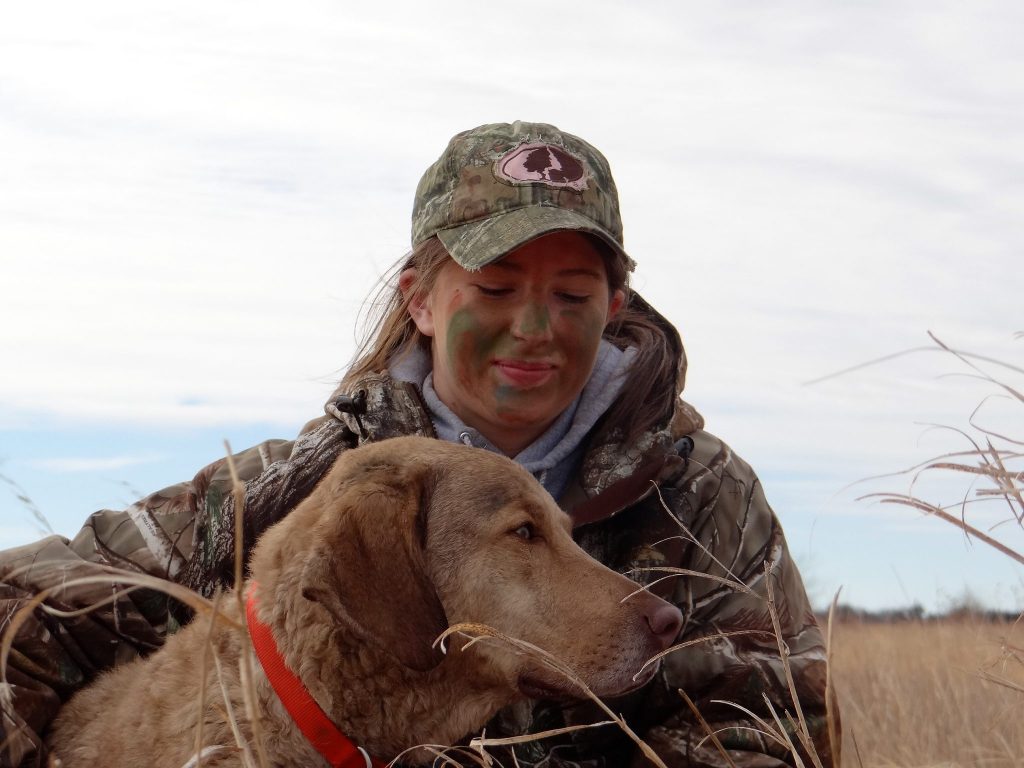
The post Regulation Reminders for Waterfowl Hunters appeared first on NEBRASKALand Magazine.

